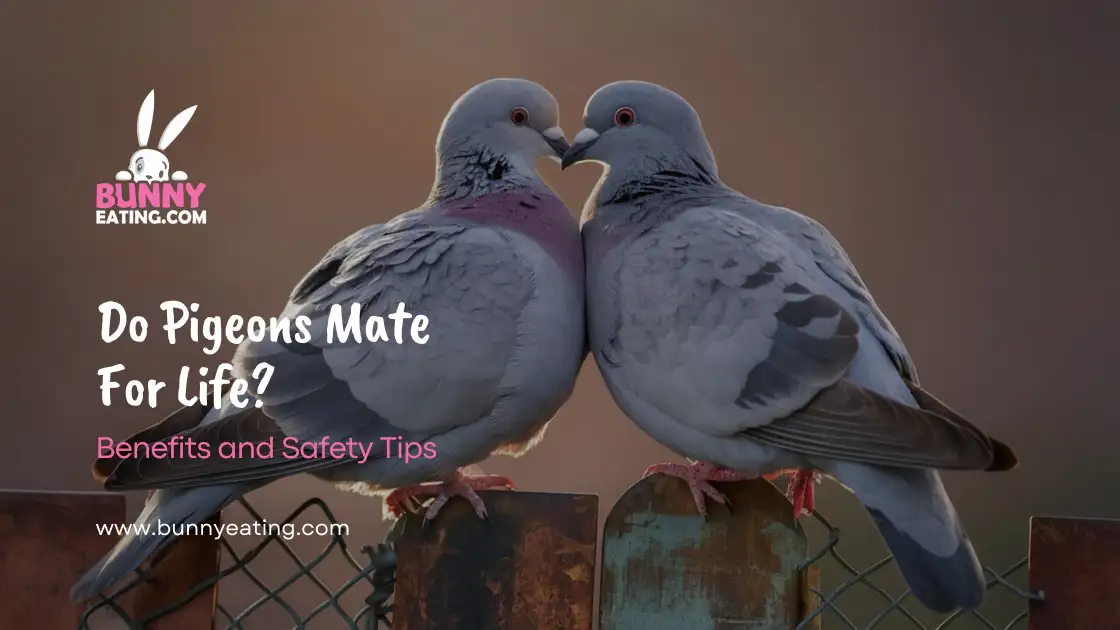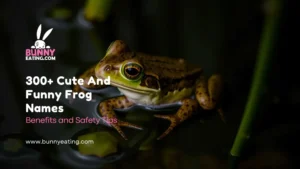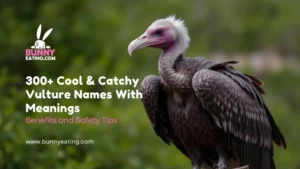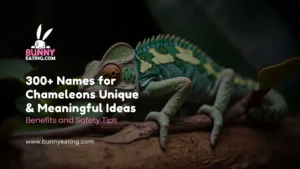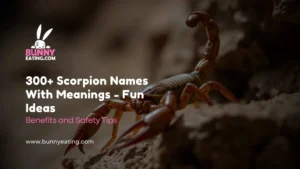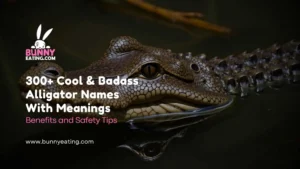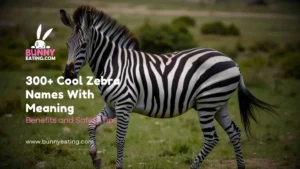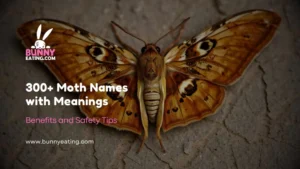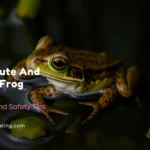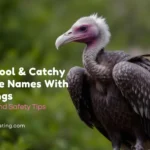Pigeons establish robust relationships with their mates before copulating. Normally, they remain together during both good and hard times. This tie is crucial in helping them successfully rear their offspring. Do Pigeons Mate For Life?
If you find yourself wondering about the fidelity of the pigeons as partners, then brace yourself for an answer that could shock you. These birds possess certain unique characteristics that make their mating habits enchanting.
Yes, pigeons often pair up for life. However, this isn’t always so. While many couples stick together, a few fall apart. Their fidelity is anchored on several considerations.
The Amazing Facts About Pigeon Mating
When it comes to pigeon romance, there’s more than meets the eye. These birds, scientifically known as rock doves, have captivated human imagination for centuries with their seemingly devoted partnerships. The sight of two pigeons preening each other or engaging in a synchronized courtship dance has led many to believe that these birds form lifelong bonds.
But the truth is that the various dove courtship practices are more cerebration and enthralling than what is widely held. Even though they are odd couples in terms of their unions about death, for instance, pigeons form the most available and reliable types of bonds. Therefore, understanding these kinds of relationships takes time since it entails examining not only scientific data but also popular views on them.
The Popular Belief That Pigeons Mate For Life
The idea that pigeons mate for life has been deeply ingrained in popular culture. This belief stems from observations of pigeons’ apparent devotion to their partners, often seen engaging in affectionate behaviours like mutual preening and staying close to each other. The sight of pigeon pairs nest-building together and sharing parenting duties has only reinforced this romantic notion.
The thought of monogamous creatures offers solace to numerous individuals, likening it to perfect human interactions. Such understanding has made doves a representation of steadfastness and perpetual affection in different types of painting and writing. For instance, two pigeons cooing gently to one another on some ledges are often used as exemplary portrayals of love that transcends all times and cities.

The Myth of Pigeons Mating For Life
Despite the widespread belief, the idea that pigeons mate for life is more myth than reality. While pigeons do form strong pair bonds, these bonds are not always permanent. Scientific studies have shown that pigeons engage in what researchers call “social monogamy” rather than strict lifelong partnerships.
This means that while pigeons may stay with one partner for extended periods, even multiple breeding seasons, they are not averse to forming new bonds if circumstances change. Factors such as the loss of a mate, changes in the urban environment, or even the opportunity for a more genetically compatible partner can lead to what scientists humorously refer to as pigeon “divorce.”
Folklore and Cultural References to Pigeon Monogamy
Throughout history, pigeons have featured prominently in folklore and cultural references, often symbolizing love and fidelity. In ancient Greek mythology, pigeons were associated with Aphrodite, the goddess of love. This connection has persisted in Western culture, with pigeon couples often depicted in romantic scenes.
In American culture, the phrase “love birds” is sometimes used to describe pigeons, further cementing their reputation for monogamy. Urban legends and popular stories often depict pigeons as loyal partners, reinforcing the myth of lifelong mating. However, as we’ll see, the scientific reality of pigeon mating behaviour is far more nuanced and fascinating than these cultural depictions suggest.
Scientific Evidence on Pigeon Mating Habits
To truly understand pigeon mating habits, we must turn to scientific research. Numerous studies have been conducted on pigeon behaviour, particularly in urban areas where these birds are abundant. These studies have provided valuable insights into the complex world of pigeon pair bonding and mating strategies.
Research conducted in various American cities has revealed that while pigeons do form strong pair bonds, these bonds are not always permanent. Scientists have observed instances of extra-pair copulations and pair bond dissolutions, challenging the notion of strict lifelong monogamy in pigeons. Let’s delve deeper into the findings of these studies and what they tell us about pigeon mating behaviour.
Studies on Pigeon Mating Behavior
Several key studies have shed light on the intricacies of pigeon mating behaviour. One notable study conducted in New York City tracked urban pigeons over multiple breeding seasons. The researchers found that while many pigeon pairs remained together for consecutive seasons, a significant percentage also “divorced” and formed new partnerships.
Another study carried out in Chicago, focused on the genetic aspects of pigeon mating. By analyzing DNA from pigeon hatchlings, researchers discovered that not all offspring in a nest were necessarily fathered by the male of the pair bond. This evidence of extra-pair copulations further complicates the picture of pigeon monogamy.

Findings on Pigeon Pair Bonding and “Divorce” Rates
The concept of pigeon “divorce” has intrigued researchers studying avian affairs. Studies have shown that pigeon “divorce” rates can vary depending on environmental factors and individual circumstances. In some urban populations, researchers have observed “divorce” rates as high as 25% between breeding seasons.
| Factor | Impact on Pigeon Pair Bonds |
| Age | Younger pigeons more likely to switch partners |
| Breeding Success | Unsuccessful pairs more likely to separate |
| Environmental Changes | This can lead to pair bond dissolution |
| Mate Loss | Surviving partner likely to repair |
These findings suggest that while pigeons do form strong pair bonds, they are also adaptable and responsive to changing circumstances. The ability to form new partnerships may be an evolutionary advantage, allowing pigeons to optimize their breeding success in dynamic urban environments.
Factors Influencing Pigeon Mating Patterns
Several factors have been identified as influencing pigeon mating patterns. Genetics play a crucial role, with pigeons often selecting mates based on genetic compatibility. Feather condition and overall health are also important factors, as they indicate a potential mate’s fitness for breeding.
Environmental factors such as food availability and nesting site quality can impact mating choices. In urban landscapes, where resources can be unevenly distributed, pigeons may adjust their mating strategies accordingly. Human activity, including feeding practices and alteration of urban spaces, can also influence pigeon mating habits.
Pair Bonding Practices of Pigeons and Monogamy Misconceptions
While pigeons may not mate for life in the strictest sense, their pair-bonding practices are still remarkable. These birds form strong partnerships that often last for multiple breeding seasons. Understanding the nuances of these bonds helps dispel common misconceptions about pigeon monogamy.
Pigeon couples engage in a variety of behaviours that strengthen their pair bond. These include mutual preening, synchronized movements, and shared parenting duties. While these behaviours contribute to the appearance of lifelong monogamy, they are more accurately described as adaptable, long-term partnerships.
The Role of Courtship Rituals in Pigeon Relationships
Courtship rituals play a crucial role in establishing and maintaining pigeon relationships. These elaborate displays serve multiple purposes, including assessing potential mates, strengthening pair bonds, and signalling readiness to breed. The complexity of these rituals highlights the sophisticated nature of pigeon mating behaviour.
Interestingly, courtship behaviours don’t cease once a pair bond is formed. Established pigeon couples continue to engage in courtship activities, which helps reinforce their bond and synchronize their reproductive readiness. This ongoing courtship contributes to the longevity of pigeon partnerships, even if they aren’t truly “mated for life.”
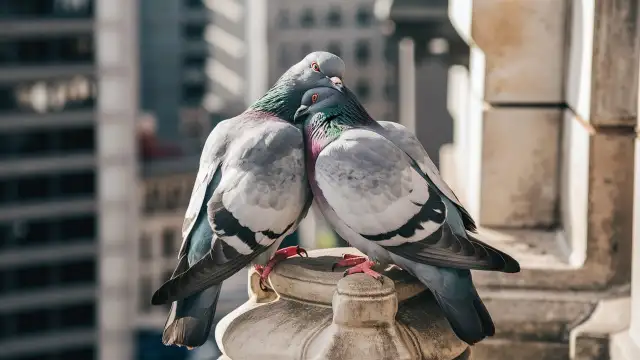
Pigeon Courtship Rituals
The courtship dance of pigeons is a sight to behold. It typically begins with the male approaching the female, puffing out his chest, and making cooing sounds. He then proceeds to perform a series of bows and turns, often circling the female. This display not only showcases the male’s fitness but also helps to gauge the female’s interest.
Female pigeons play an active role in courtship, contrary to some beliefs. They may respond to the male’s display with their subtle movements, indicating receptiveness. The female’s participation is crucial in forming a strong pair bond. The duration of these courtship rituals can vary, lasting from a few minutes to several hours, depending on the individuals involved and environmental factors.
Nesting Behaviors and Partner Loyalty Among Pigeons
Nesting behaviours play a significant role in reinforcing partner loyalty among pigeons. Both members of a pigeon pair contribute to nest-building, often returning to the same nesting site year after year. This shared responsibility strengthens their bond and increases the likelihood of the pair staying together for multiple breeding seasons.
During the nesting period, pigeons display remarkable partner loyalty. Both parents take turns incubating the eggs and caring for the young. They produce “crop milk,” a nutrient-rich secretion fed to hatchlings. This shared parenting effort further reinforces the pair bond, contributing to the appearance of lifelong monogamy even if the partnership isn’t permanent.
Factors That Influence Pigeon Mating Habits
The mating habits of pigeons are influenced by a complex interplay of biological, environmental, and social factors. Understanding these influences provides insight into why pigeons form the partnerships they do and how these relationships may change over time. Let’s explore some of the key factors that shape pigeon mating choices.
From genetic traits to the availability of resources in their urban environment, pigeons must navigate a variety of considerations when selecting a mate. Human activity also plays a significant role, often inadvertently altering the dynamics of pigeon relationships. By examining these factors, we can gain a deeper appreciation for the adaptability and complexity of pigeon mating behaviour.
Factors That Influence Mating Choices in the Life of a Pigeon
Several key factors influence a pigeon’s mating choices. Genetic compatibility is crucial, with pigeons often selecting mates that will produce offspring with strong immune systems. Physical characteristics, such as feather condition and overall health, are also important indicators of a potential mate’s fitness.
Age plays a role in mating patterns, with younger pigeons more likely to switch partners between breeding seasons. Environmental factors, including food availability and nesting site quality, can impact mate selection. In urban areas, where resources may be unevenly distributed, pigeons may adjust their mating strategies to optimize their chances of successful breeding.
The Impact of Human Interaction
Human interaction has a significant impact on pigeon mating habits. Feeding practices in urban areas can alter natural foraging patterns, potentially affecting mate selection based on foraging ability. Changes to urban landscapes, such as the renovation or demolition of buildings, can disrupt established nesting sites and force pigeons to seek new partners.
Interestingly, human caretakers of pet pigeons or racing pigeons can influence mating behaviours. In captivity, humans often control breeding pairs, which can lead to different mating patterns than those observed in wild populations. This human intervention provides valuable insights into the adaptability of pigeon mating strategies.
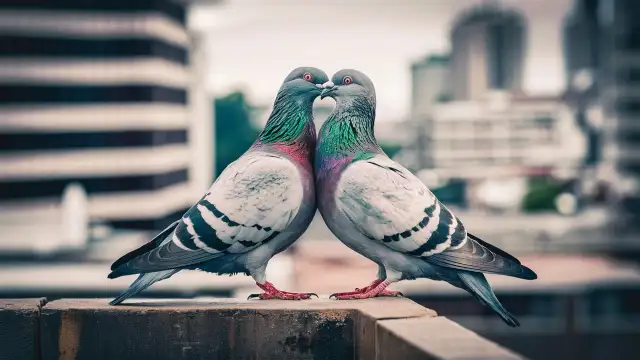
The Behavior of Pigeons Kept in Captivity
Pigeons in captivity often exhibit different mating behaviours compared to their wild counterparts. In controlled environments, such as aviaries or lofts, pigeons may form more stable, long-term pair bonds due to limited partner options. However, when new individuals are introduced, captive pigeons may still engage in mate-switching behaviours.
Pet pigeon ownership in the USA has provided researchers with opportunities to study pigeon mating habits in controlled settings. These studies have revealed that while captive pigeons can form strong, lasting pair bonds, they still retain the capacity for flexibility in their mating behaviours when circumstances change.
Pigeon Mating: The Verdict
After exploring the complex world of pigeon mating habits, it’s time to address the central question: do pigeons truly mate for life? The answer, like many aspects of nature, is not a simple yes or no. While pigeons form strong, often long-lasting pair bonds, they don’t necessarily adhere to lifelong monogamy in the way that popular belief suggests.
Pigeon relationships are best described as a form of “social monogamy” rather than strict lifelong partnerships. These birds often stay with the same mate for extended periods, even multiple breeding seasons, but they also demonstrate the ability to form new bonds when circumstances change. This adaptability in their mating strategy likely contributes to their success in diverse environments, particularly in ever-changing urban landscapes.
Do Pigeons Mate for Life?
The short answer is: not necessarily. While pigeons do form strong pair bonds that can last for multiple breeding seasons, they are not bound to a single partner for life. Scientific studies have shown that pigeons engage in what’s known as “social monogamy,” which means they typically stay with one partner for extended periods but may form new bonds under certain circumstances.
Factors such as the loss of a mate, changes in their environment, or the opportunity to pair with a more genetically compatible partner can lead to what researchers humorously call pigeon “divorce.” This flexibility in mating strategy allows pigeons to adapt to changing conditions and optimize their breeding success, contributing to their remarkable ability to thrive in diverse habitats, from rural areas to bustling city centres.
The Truth Behind Monogamous Pigeons
The reality of pigeon monogamy is more nuanced and fascinating than the popular notion of lifelong mating. While pigeons do exhibit many behaviours associated with monogamy – such as shared parenting duties, mutual preening, and strong pair bonds – they also demonstrate a surprising degree of flexibility in their mating strategies.
This adaptability in pigeon mating behaviour serves an important evolutionary purpose. For pigeons who can build up new companionships, this means dealing with environmental changes and being able to replace lost partners or find better ones for breeding success. Such flexibility does nothing but highlight their extraordinary resilience and intellectual capabilities which are frequently underestimated by us humans.
FAQs
What happens to a pigeon when its partner dies?
When a pigeon loses its partner, it may grieve and seem lonely for a while but eventually, it might find a new mate.
Can two female pigeons mate?
No, two female pigeons cannot mate, but they may pair up and act as a couple, sometimes even laying eggs that won’t hatch.
Do pigeons love each other?
Yes, pigeons form strong bonds with their mates, showing affection by preening each other and staying close.
What is the lifespan of a pigeon?
The lifespan of a pigeon is typically 3 to 6 years in the wild, but they can live up to 15 years in captivity.
Conclusion
Thus, do pigeons have just one partner for all their lives? It is true that numerous pigeons choose a mate and remain with them throughout their entire lifetime. This bond assists them in raising their offspring. Pigeons collaborate as a unit in getting food and defending the nest. How they relate to each other significantly indicates the value that families hold in their lives. However, at times, a bird may decide to seek another mate if misfortune strikes its partner.
The different methods used by pigeons in mating help to know their character. It also shows their faithfulness and kindness. This would help us love them more. They convey to us the significance of bonds. Their form of existence reminds us that staying together is essential for success and endurance.
